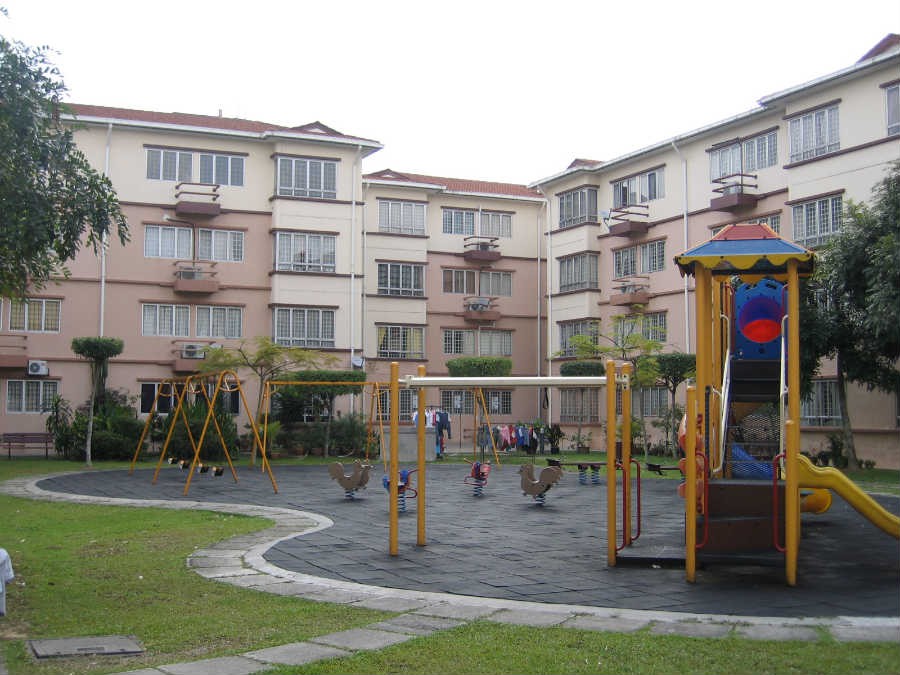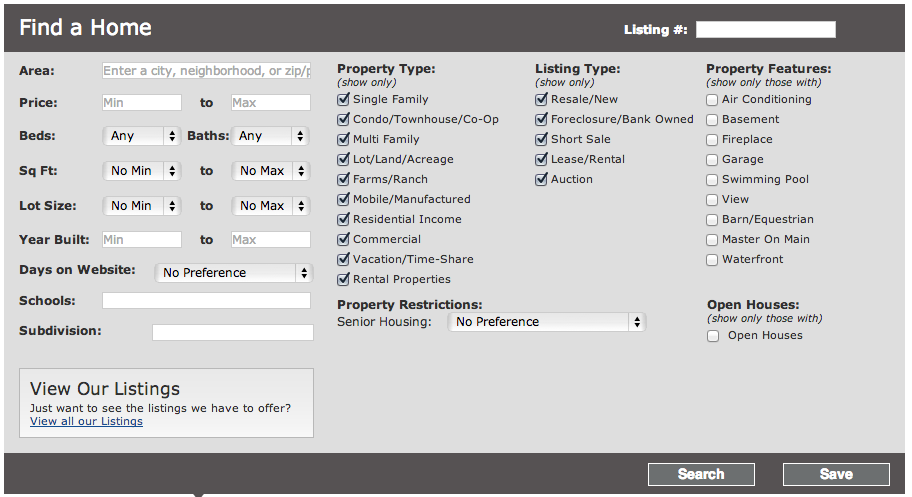BUYING A HOME A REALLY SMART INVESTMENT_1
Post on: 12 Июнь, 2015 No Comment

20 Aug
BUYING A HOME, A REALLY SMART INVESTMENT
“Buying a Home, a Really Smart Investment”
Last year Brenda and Gerry bought a home in Coventry, Ct. The home needed work, so we did a 203k loan for them. The purchase price was $98,000 and there was $30,000 in renovations.
Gerry is being transferred by his company to NY State, so financially this was a move that was great for them. They put their home on the market at $169,900 and it went on deposit within 2 weeks. They will net about $20,000. Not a bad investment.
I referred them to a Realtor in NY and they are house hunting and I will handle the mortgage for them, once they have a contract in place.
You already know, they are looking for a home, that renovations are necessary. They want to take advantage of the upside potential again.
If you can pull it off, a house is a smart investment
By John Waggoner, USA TODAY
Investment opinions are like, um, noses: Everyone has one. Buy stocks, sell bonds? Go long steel and short copper? Buy sheep, sell deer?
- Its pretty easy to see both sides of an investment argument. But its hard to argue against buying a house now, assuming you can get a loan.
The housing cycle is a long one, in part because buying a house moves at a glacial pace, at least compared with the time it takes to buy a stock or bond. If youre not pre-approved for a mortgage, you have to submit to a credit check, which, these days, is only slightly less intrusive than a CIA background check. You have to get the home inspected. You have to figure out the various fees your bank charges, including the one marked Just because we can.
How long is a housing cycle? Pretty long. A relatively modest housing bubble, by todays standards, occurred in Boston in the late 1980s. Average home prices, adjusted for inflation, hit $310,000 in October 1987. Home prices didnt hit that level again until May of 2000. Someone who bought at the high had a long wait to get even — particularly in light of the standard brokers commission of 6%.
Home prices bottomed, however, in March 1993 — roughly six years after the top. History doesnt repeat itself precisely, but its interesting to note that the top of the last housing bubble was six years ago, in 2006.
Why be bullish on housing?
•Prices. You can always buy low and watch prices go lower. But by many measures, home prices are still cheap. The median single-family home price — half higher, half lower — hit its nadir in January, dropping to $154,600, the lowest since October 2001, according to the National Association of Realtors. Thats down from a high of $230,900 in July 2006.

Existing-home prices rose in June to a median $190,100, up 8% from June 2011. Those are still 2003 levels.
•Supply. The good news is that the enormous supply on the market is shrinking. It takes a wearisome amount of time for supply to shrink, in part because there are people who have been wanting to sell their homes for many years, but havent been able to get the price they want. As prices rise, more homes come on the market.
Nevertheless, Ned Davis Research, a respected institutional research firm, estimates that excess supply of houses on the market should be eliminated by the end of 2013. When excess supply dries up, people start building more new houses, which has the virtuous effect of reducing the unemployment rate and increasing the economy generally.
•Mortgage rates. The average 30-year fixed-rate mortgage rate is 3.59%, according to mortgage giant Freddie Mac. Thats above the all-time low of 3.49% the week of July 26, but close enough. Its conceivable that at some point in the next 30 years, your interest rate would be less than the rate of inflation.
Assuming you financed 80% of the median single-family home, or $152,080, your mortgage payment would be about $691, excluding taxes and other irritations. About $5,589 of your first years payments would be tax-deductible mortgage interest.
Thanks mainly to low home prices and interest rates, the NARs housing affordability index rose to its highest level on record. (The higher the index, the more affordable the average home. The index also takes into account average family income, which has been falling since 2008.)
What could go wrong? All sorts of things. You may not be able get a loan. Bankers are insisting on checking things that seemed far too troublesome during the housing bubble, like whether you have a decent credit rating, a down payment, or a job.
The other problem is that houses are leveraged investments — that is, you borrow money to buy them. Lets consider the example above, where someone buys a $190,100 house and finances $152,080. Your investment is $38,020. Lets say that the worst happens: home prices fall, and you have to sell the house for $175,000.
Unfortunately, the bank wont split the loss with you. Youll get back $22,920 from the sale, and wave goodbye to $15,100 of your down payment. Thats a 40% loss, even though your house has fallen 8% in value.
There are other risks with homeownership, ranging from termites to ghosts in the hall closet. But if youre planning to live in your home for a long time, you have the money, and you can get financing, its a fine time to buy
image: vichie81/freedigitalphotos.net














